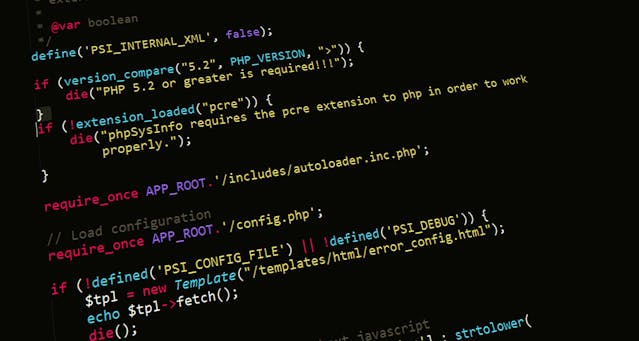Introduction to AI in Education
The education sector is being transformed by Artificial Intelligence. Learning is being made more engaging, personalized, and accessible. Schools and universities are being supported with AI to enhance both teaching and learning experiences. Only the beginning of a broader educational revolution is being witnessed.
Personalized Learning With AI
Personalization is being delivered as one of the most significant advantages of AI in education. A student’s progress and learning style are analyzed by AI systems. Lessons are then adjusted to fit individual needs. Learners are allowed to move at their own pace without pressure. Extra support is being provided to students who struggle with certain subjects. Advanced topics are being explored sooner by fast learners.
AI-Powered Classrooms
The future of education is being shaped by smart classrooms. Interactive boards, voice assistants, and AI-driven software are being used to guide students. Grading and student performance tracking are being automated by AI tools. Mentoring and critical thinking are then being focused on by teachers. Virtual classrooms are also being enabled by AI, where global student connections are being made.
Bridging Educational Gaps
Barriers in education are being reduced by AI. Quality learning materials are being accessed online by students from remote areas. Courses are being made available in multiple languages by AI-powered platforms. Language barriers are being broken down, and inclusive education is being ensured. Accessibility tools driven by AI are also being used by students with disabilities.
The Role of AI Tutors
Instant support is being provided outside school hours by AI tutors. Questions are answered, concepts are explained, and resources are recommended by them. Unlike traditional classroom settings, availability is being ensured 24/7. Continuous guidance to improve performance is being given through AI tutors.
Data-Driven Insights in Education
Vast amounts of student data are being collected and analyzed by AI. Weaknesses are being identified, and better strategies are being designed by educators. Dropout risks are being tracked by schools through predictive analytics. Early intervention programs to support struggling learners are then being created.
AI in Higher Education and Research
Research and innovation are being enhanced in universities through AI adoption. Data analysis is being sped up, and discoveries are being enabled more quickly. Assignments and academic projects are being improved with AI tools by students. Complex problems are being solved in research labs with the help of machine learning models.
Challenges of AI in Education
Challenges are also being brought despite the benefits of AI. Privacy and data security concerns are being raised. Human interaction is being reduced by overreliance on technology. High costs for underfunded schools are being posed by AI integration. Training for teachers to adapt to AI tools is also being required.
The Future of AI-Driven Education
Artificial Intelligence will be relied on heavily in the future of education. Flexible, personalized, and globally connected learning will be provided. Preparation for the digital economy and future jobs will be ensured by AI. New heights in education will be reached through the combination of technology and human creativity.
Conclusion
The education system is being reshaped by Artificial Intelligence. Personalized learning is being enhanced, teachers are being supported, and global gaps are being bridged. Although challenges are being faced, a promising future is being seen. A smarter, more inclusive education for all will be built through proper AI implementation.
